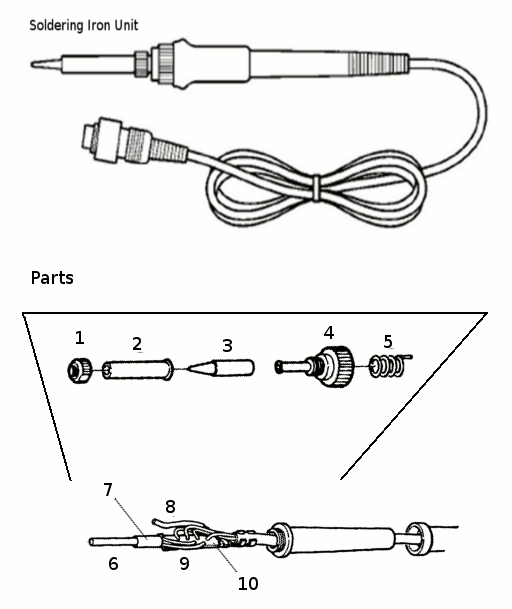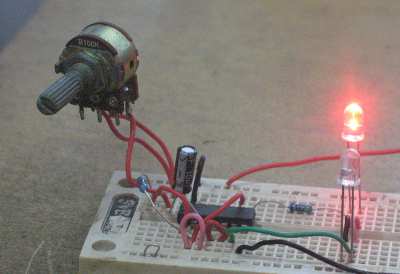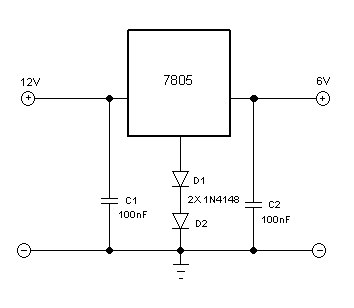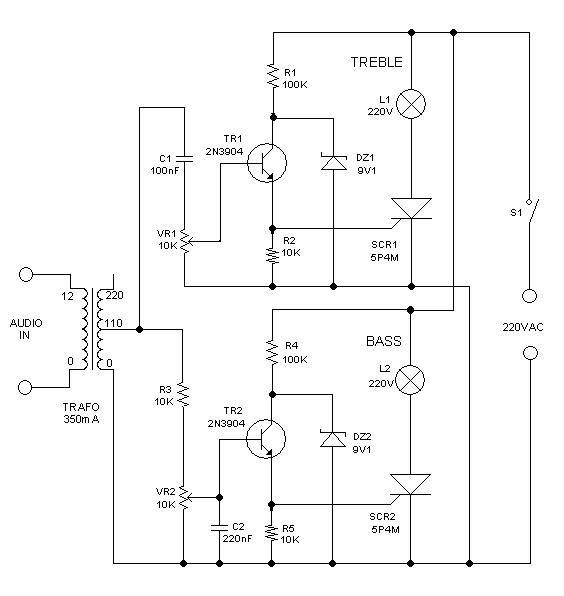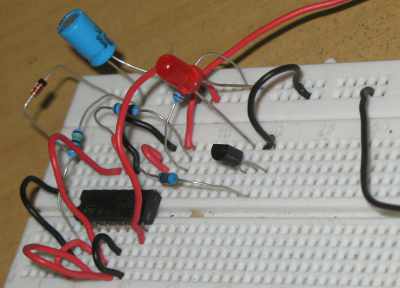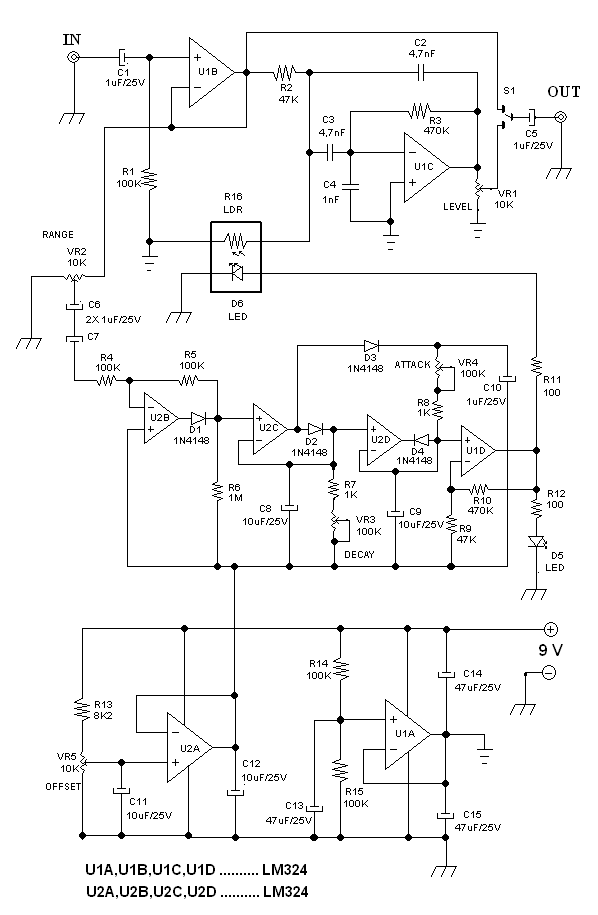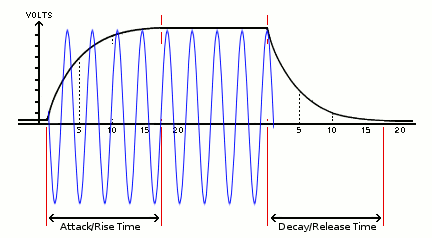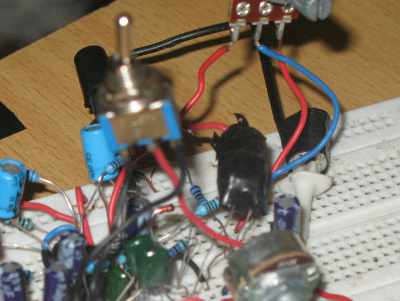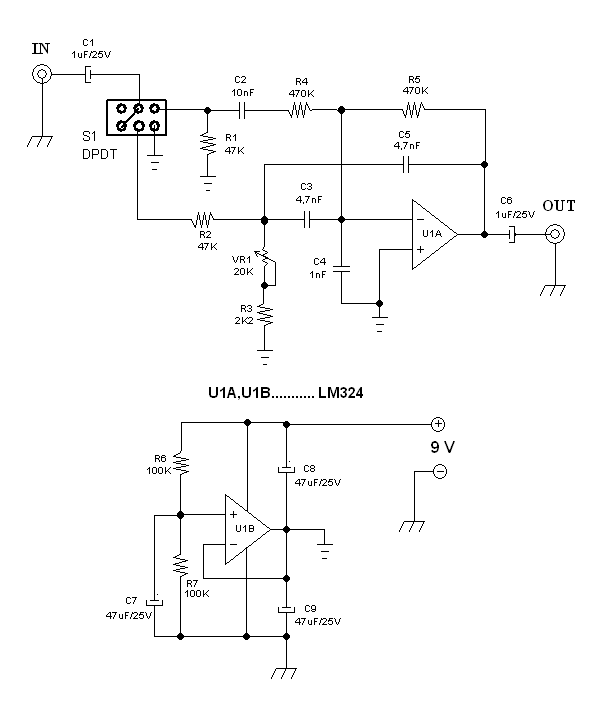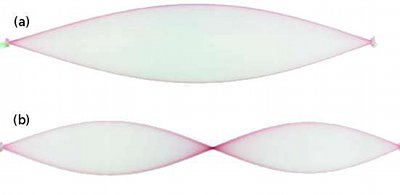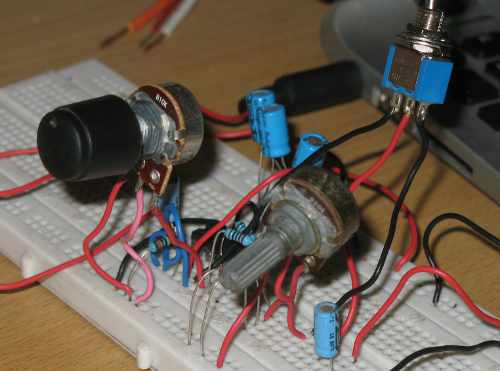16-bit Audio PWM by Dual 8-bit PWM with Auto Calibration
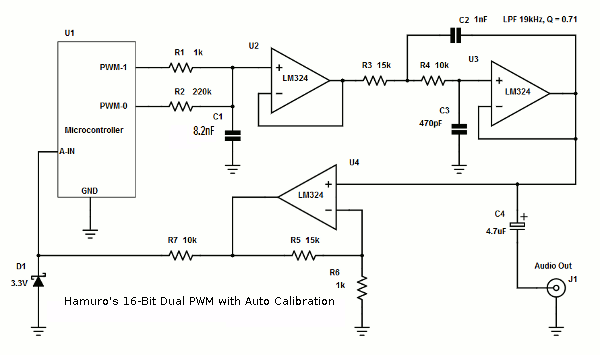
Introduction: PWM (Pulse-Width Modulation) for Digital Audio Conversion Pulse width modulation (PWM) technique has been widely used for converting digital audio stream into audio signal since it is very simple and easy to implement. Many low-cost micro controllers include dedicated PWM controllers as their standards, and many engineers use it for many purposes. In this article, we present the solution […]
Read more